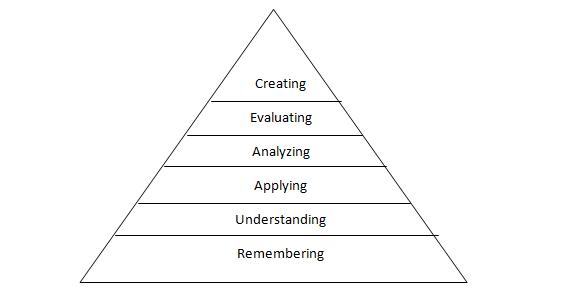But few people actually take the time to truly understand what the GMAT is all about, or why they’re really taking it (aside from the fact that it’s required for admissions to their desired graduate school).
So, first of all, let’s define it. G.M.A.T. stands for the General Management Admissions Test, and was created by the General Management Admissions Council (GMAC) in 1954. The GMAT is the primary entrance exam for business school and a handful of other graduate schools such as masters programs in finance and accounting.
Before we delve into the format of the GMAT and the essential techniques and strategies we teach students to master the test, let’s consider why this exam even exists in the first place. The answer is two-fold:
The GMAT is the single best way for schools to predict your potential for success in the classroom…
more so than your undergraduate GPA, your prior work experience or any other accomplishments and accolades. In other words, it tests your ability to handle the rigorous workload you should expect in business school (especially on the quantitative side).
Professional recruiters use your GMAT score as a foundation to gauge your mental agility and critical reasoning skills.
Especially for students targeting top schools, just getting in isn’t enough. When recruiters come on campus they rank students based on their GMAT scores, and those with the highest marks inevitably get the best jobs.
Now that we understand the higher level reasoning for why the GMAT exists, let’s think about what the GMAT tests. On paper, there are four sections of the GMAT:
- The Analytical Writing Assessment (AWA) essay
- Integrated Reasoning
- Quantitative Reasoning
- Verbal Reasoning
We will break each of these sections down in more detail shortly, but before we do, it is important to make one thing clear: The GMAT is a reasoning test more than it is a content test.
Dr. Larry Rudner, Chief Psychomatrician at the GMAC, states it quite well (and we paraphrase); “We made the GMAT about math and grammar because it has to be about something. But we are not testing your ability to memorize rules or factor an equation. The GMAT is really concerned with higher-order thinking skills.”
So, what exactly are higher-order thinking skills? They are the top four tiers of Bloom’s Taxonomy of Educational Objectives:
Most of your schooling days were spent building the foundation of your pyramid – memorizing vocabulary words, mathematical formulas, etc. So, business schools expect you to already know the basic content of the test. Thus the GMAT’s true focus is on the higher levels of the pyramid. While those levels rely on some base knowledge (remembering), that knowledge is only the basis for the questions, which will test your understanding, ability to apply, and in most cases, your ability to analyze and create. So while content knowledge is required in order to showcase those abilities, the GMAT is not a content-based exam. Simply memorizing (remembering) information does not guarantee you a high score. In order to succeed, you need to study the higher-order thought processes; you must understand and be able to apply. Simply put, the GMAT is a test of how you think, not what you know.
Now that you know why the GMAT exists and what it’s really testing, let’s take a look at how the test is structured:
It is important to note that every test taker receives three official scores from their GMAT. The overall score (ranging from 200-800) is tallied from the Quantitative and Verbal Reasoning sections only. The Integrated Reasoning section has its own score on a scale of 1-8 and the Analytical Writing Assessment is graded on a scale of 0.0-6.0.
We commonly hear students proclaim that they need a 700 or higher to get into their dream schools; which is oftentimes true in that their target schools have a median GMAT score in the 700-range, but that is just a snapshot of the entire test. Do not overlook the AWA and Integrated Reasoning sections because they are still an important indicator of your ability to succeed in school. Especially as data behind the Integrated Reasoning section begins to pile up, your IR score will become increasingly more important.
So, whether you are just starting your GMAT preparation or a seasoned veteran in search for a boost to an existing score, it’s important to take a step back and think about why the GMAT even exists and what it’s really testing.
This article is part of the reading material along with online instruction, videos, and a live chat of a Free Online Live GMAT Course. Find details and join here
Save 100$ of any Veritas Prep GMAT Course with PrepAdviser!





